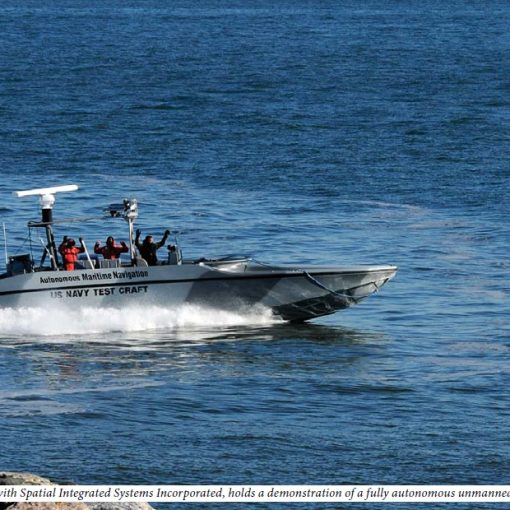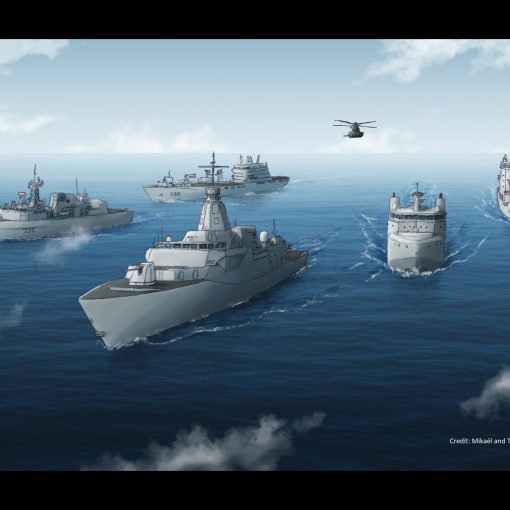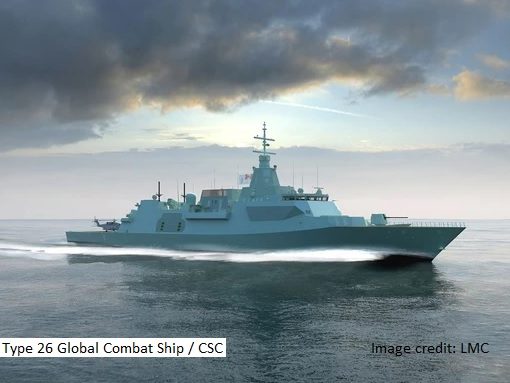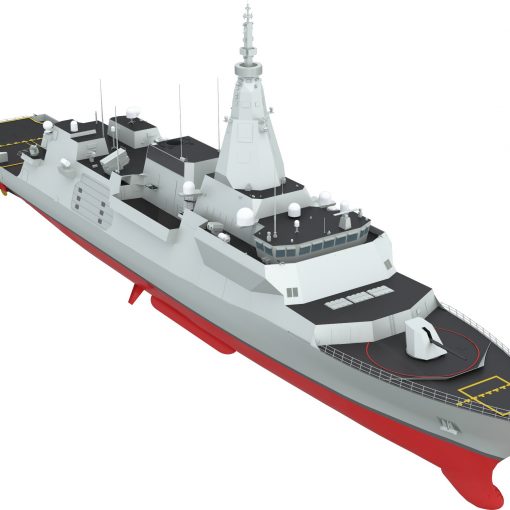Major change is coming to the Royal Canadian Navy. In just a few months, Irving Shipbuilding will begin construction of the first vessel in the Combat Ship Program under the National Shipbuilding and Procurement Strategy. The Arctic/Offshore Patrol Ship (AOPS), to be known as the DeWolf-class, will add many new but non-traditional capabilities to the navy.
The Centre for Foreign Policy Studies at Dalhousie University conducted a workshop on June 5th to examine how the AOPS will operate in the North, what effect it will have on the navy’s relationship with the Canadian Coast Guard, and how it could facilitate scientific research and other northern programs. This was the third CFPS Maritime Security Policy Program workshop looking at the NSPS.
The entry into service of five or six DeWolf-class ships into RCN fleet will be a major departure for the Canadian navy from its current fleet of Cold War inspired ships. While much has been said about the construction program and budget issues, this event focused on the future of naval northern (in ice) operations, and highlighted potential changes to the navy-coast guard relationship.
The four speakers, one each from the RCN, CFPS, CCG and Institute for Oceans Research Enterprise (IORE), provided the basis for an open discussion on the issues of institutional change and the nature of a new collaborative approach to northern operations. The difference in perspective from the speakers brought out some interesting points of comparison. With safety of life at sea the highest priority for all mariners, the next level of commitment is very much dictated by the mandate and missions of the organization in question.
The coast guard is focused on safety of navigation and has conducted detailed research into traffic patterns, establishing what will be known ‘corridors’. There are five types (Primary, Local Service, Private, Resource Extraction and Future) that will shape how the coast guard focuses their limited resources. This leaves a lot of ‘open areas’ and ‘opportunities’ that need definition. While marine research in the Arctic has mostly been conducted on an opportunistic ‘as available basis’, this arrangement cannot override the higher priorities of transportation safety (with the notable exception of CCGS Amundsen). Typically, higher-priority call are made at short notice on the coast guard and research interests must simply accept the disruption to their plans. The DeWolf-class ships will respond as required for emergencies, but will not have the ice-breaking capabilities to deal with the main missions of the coast guard. The more predictable operating cycle of the naval ships will likely benefit research programs.
Opinion is divided about the capabilities and purpose of the DeWolf-class ships. Dr. Rob Huebert wrote a dissenting editorial in a recent issue of Canadian Naval Review (Vol. 10, No. 3), arguing that they should embody more in the way of combat capabilities. Dr. Adam Lajeunnesse’s recent CDFAI Report (May 2015) highlights the lack of logistical capacity as a major impediment to military operations in the North. All ships are compromises between cost and capability. In the case of AOPS, a hybrid between an ice-capable and offshore patrol ship, the sacrifice between weapons and sensors versus the ability to operate in remote and challenging cold conditions has produced a vessel that does not easily ‘fit’ into naval typologies. It will have some limited armament and some logistical capacity.
At 6,440 tonnes displacement and 104 metres in length, the internal capacity of the DeWolf-class ships will be significant. This is needed to sustain deployments into areas where no support facilities are available and all waste products must be retained onboard. Just as importantly, the ship will have the capacity to support its own crew of 65 and 22 extras, whether military, other federal department members or civilians. It will have a multi-purpose operations planning and control space, along with the ability to support container-based accommodations, laboratories or other cargoes on the afterdeck and flight deck. While the cargo capacity has obvious military relevance, it could also prove extremely useful for a wide range of support applications when military operations not paramount. There were a few comments about AOPS not being ‘the right ship for an undefined job’ and ‘inadequate to assure Canadian sovereignty’ but counter arguments were also made that both the job and the threat are currently undefined.
The AOPS could become the key facilitator for a whole-of-government approach to northern issues. Climate change is making the north more accessible by sea and this ship will make it possible for the navy to exploit that opportunity. Keeping focused on change drivers and being ahead of the issues will be very important to how it is all handled. Getting the most value out of their capability may depend as much on how readily the navy can adapt to this role change as on the physical characteristics of the ships.
The biggest problem for both the coast guard and the navy in the Arctic will be ‘random factors’ that are hard to control. As unscrupulous ship operators see the opportunity to exploit shorter routes and save money, the risk of accident, environmental disaster, and loss of public confidence escalate. In my closing remarks, I cited New Zealand’s experience with the sinking of MV Rena on Astrolabe Reef, an environmentally sensitive and out-of-bounds area to shipping, as the type of problem that could occur on the ‘back roads of the Arctic’ (a description of the Canadian archipelagic routes through the Arctic used during the discussion). Even though traffic levels are still very low and seasonally limited, it will only take one major incident to make a major impression of the government and public. Because the Eastern Arctic routes are opening first and are likely to become the ‘main routes’, the first major incidents will likely take place in Russian waters. Canadians must watch them and learn from their experiences.
A formal report on the workshop will be issued as part of the Maritime Security Occasional Papers published by CFPS. For copies of the first two workshop reports, see the CFPS Publishing House at: http://www.dal.ca/dept/cfps/publications.html




